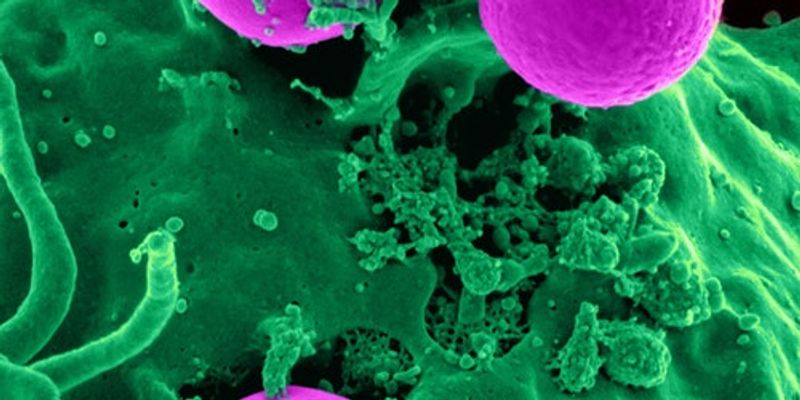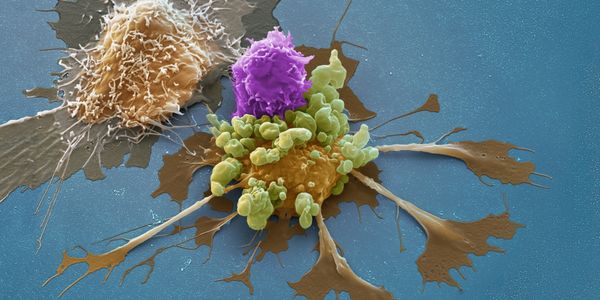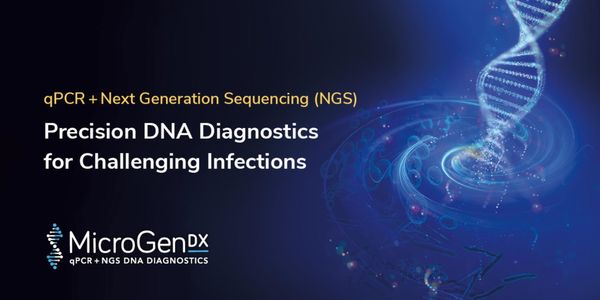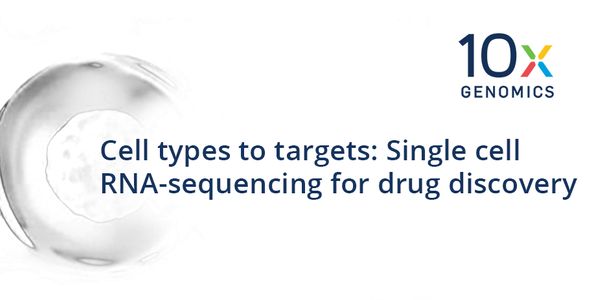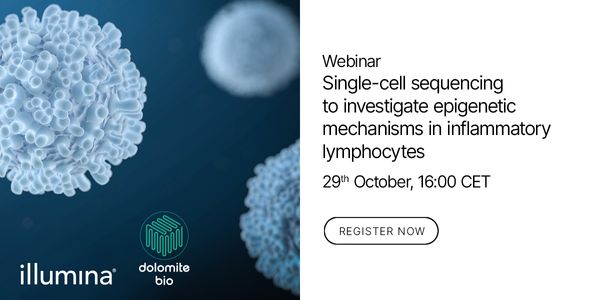Cell
Cell: is the smallest structural and functional unit of an organism, typically microscopic and consisting of cytoplasm and a nucleus enclosed in a membrane. Microscopic organisms typically consist of a single cell, which is either eukaryotic or prokaryotic.
-
Ensuring that clinical tests are not affected by tumor heterogeneity requires a sampling methodology that captures the genomic, proteomic, and cellular diversity of entire solid tumors. Howe...
Three-dimensional (3D) cell culture spheroids and aggregates are preferred over monolayer cell culture due to their architectural and functional similarity to solid tumors. To study expressi...
The development of many different chromogens for light microscopy gives us the opportunity to explore different usage of multiplex immunohistochemistry (IHC) for clinical diagnostic purposes...
NOV 13, 2020 | 10:00 AM
Date: November 13, 2020 10:00am PST, 1:00pm EST Coronavirus disease 2019 (COVID-19) is currently a global pandemic, but human immune responses to the virus remain poorly understood....
Today's presentation will cover the following topics from the perspective of a NYC based Laboratory: What have we learned year to date about CoV-2 and specifically how diagnostic testing...
Speaker:
Vincent Streva, PhD
As many parts of the northern hemisphere move into the colder months and indoors, SARS CoV-2 has begun a second infection wave that has exceeded the first surge of cases in many global regio...
Speaker:
Sean Taylor, MBA, PhD
Visit the RoundTable Room to participate in live Q&A with all the speakers!...
Speaker:
Charalambos C. Solomides, MD
, Sara Eglitis, MS, QIHC
, Faruk Erdem Kombak, MD
, Srabani Bhaumik, PhD
, Nelson Alexander, PhD
Presented at: DISCOVERY Global User Symposium
Cell-free DNA (cfDNA) is a key analyte for liquid biopsy samples. Due to extremely low concentration and high degree of fragmentation, the extraction of cfDNA is technically challenging. Her...
Speaker:
Alexander Wolf, PhD
Ensuring that clinical tests are not affected by tumor heterogeneity requires a sampling methodology that captures the genomic, proteomic, and cellular diversity of entire solid tumors. Howe...
